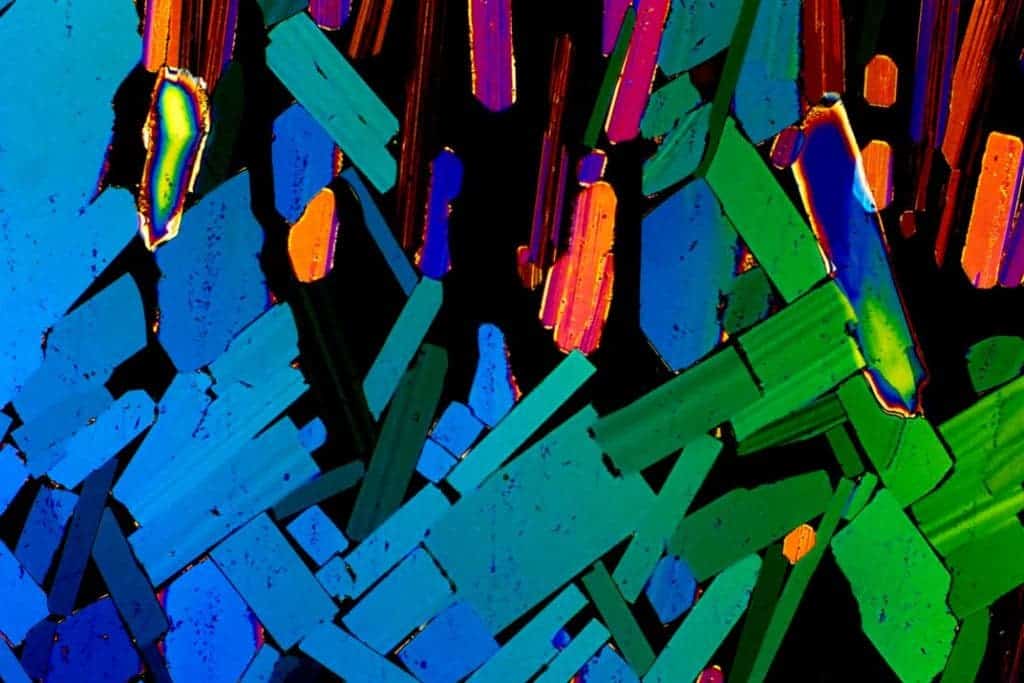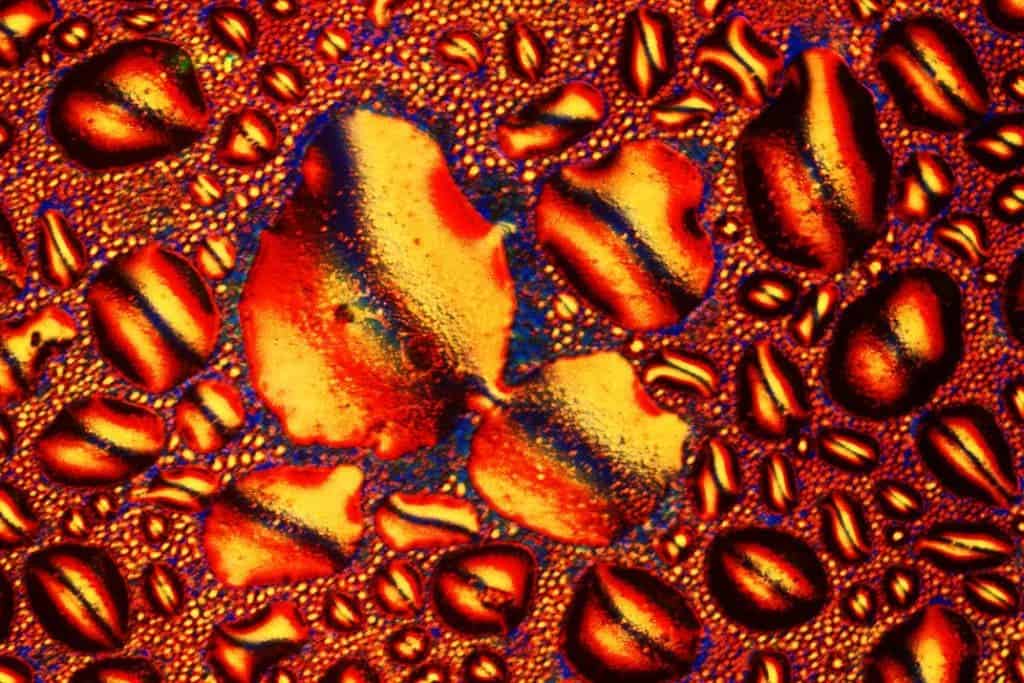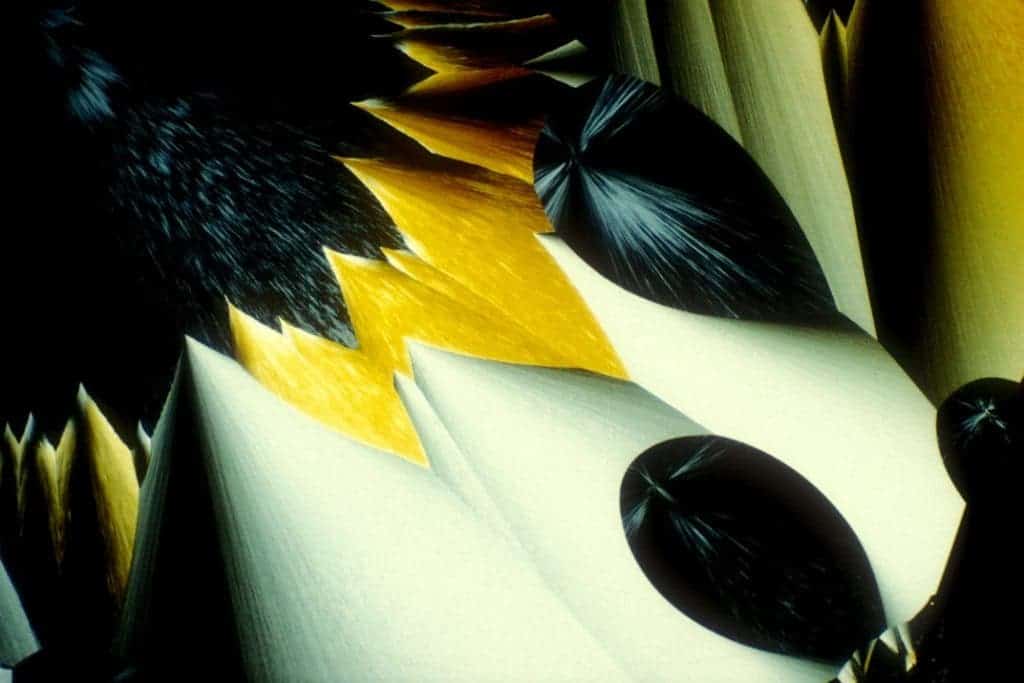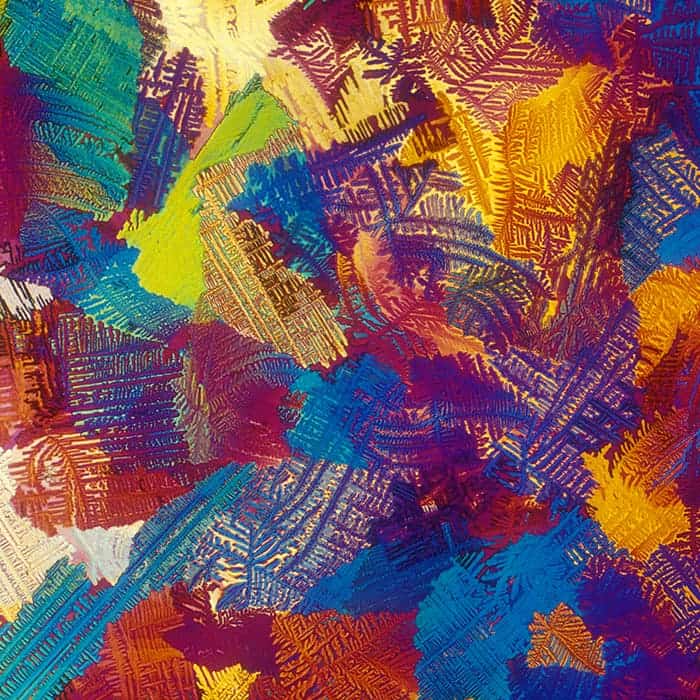
Well, microscopic drinks are not really a thing, aren’t they? Not in the clubs where I go, anyway – we like our drinks large. But just stop a moment and think – how would your cocktail or beer look under a microscope? I’d wager this: it’s not like anything you thought.
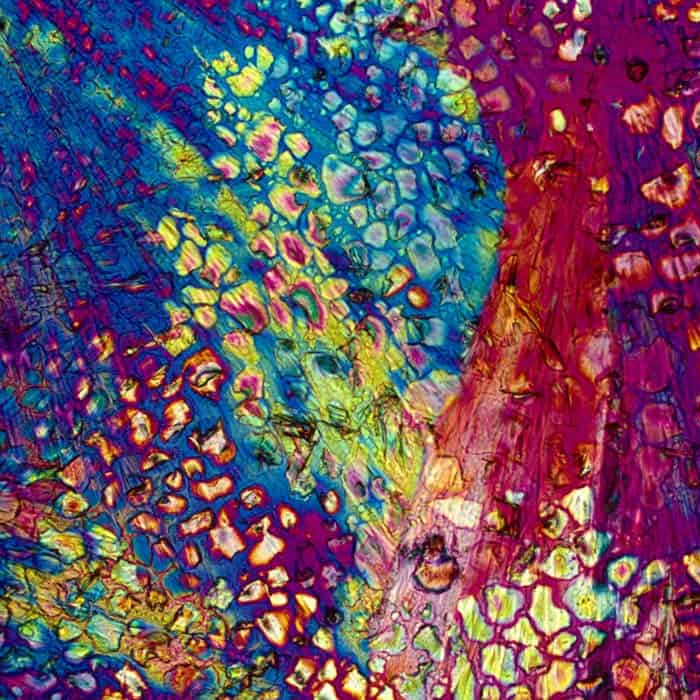
So, this awesome company called BevShots specializes on microscopic pictures of alcoholic drinks. How do they do this? The pictures were taken after the drinks have been crystallized on a slide and shot under a polarized light microscope. As the light refracts through the beverage crystals, the resulting photos have naturally magnificent colors and composition.
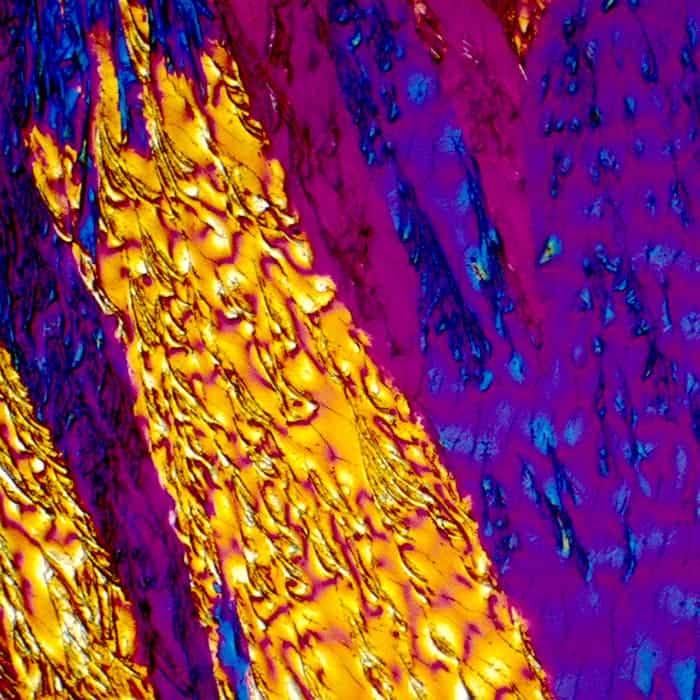
You can buy the printed pictures on the website and use them in your room – this would certainly make for some interesting guest conversation. Just remember: decorate responsibly! To Lester Hutt, president of BevShots, it was just a matter of time before science turned into art.
“I thought to myself that this could do very well as a modern art line,” Hutt says of Davidson’s photographs. “What was nice about it was the images were already all taken; there’s no research that had to go into it.”
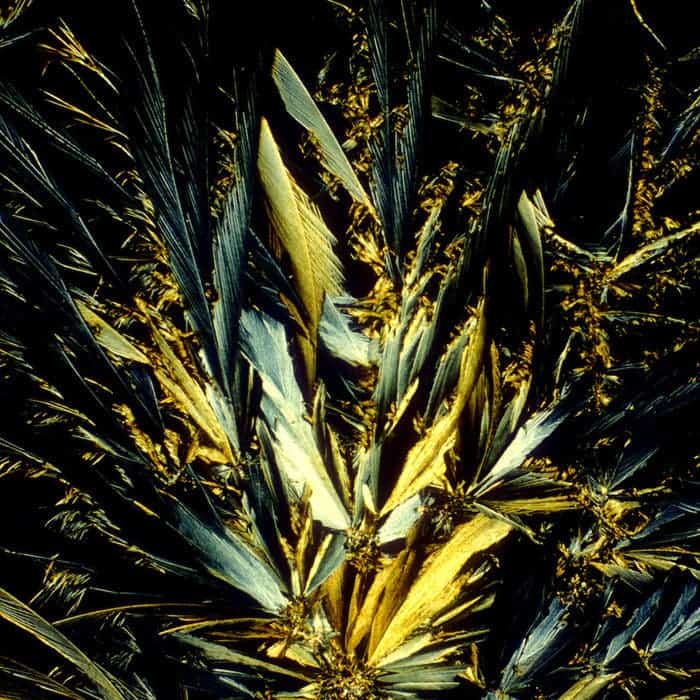

But it’s important to note that as you’re looking at these images, you aren’t viewing the actual molecular structure of the alcohol, but rather the crystallized form of the drink, which Davidson achieved by letting a drop of the liquid dry out on a microscope slide. For some drinks, like a piña colada or a margarita, with ingredients other than pure alcohol in them, the crystallization process was fairly straightforward, because the presence of various other particles (like sugar or salt) helped crystals form. But for whiskey or vodka, the process took quite a lot of time – from a few weeks to as much as six months.
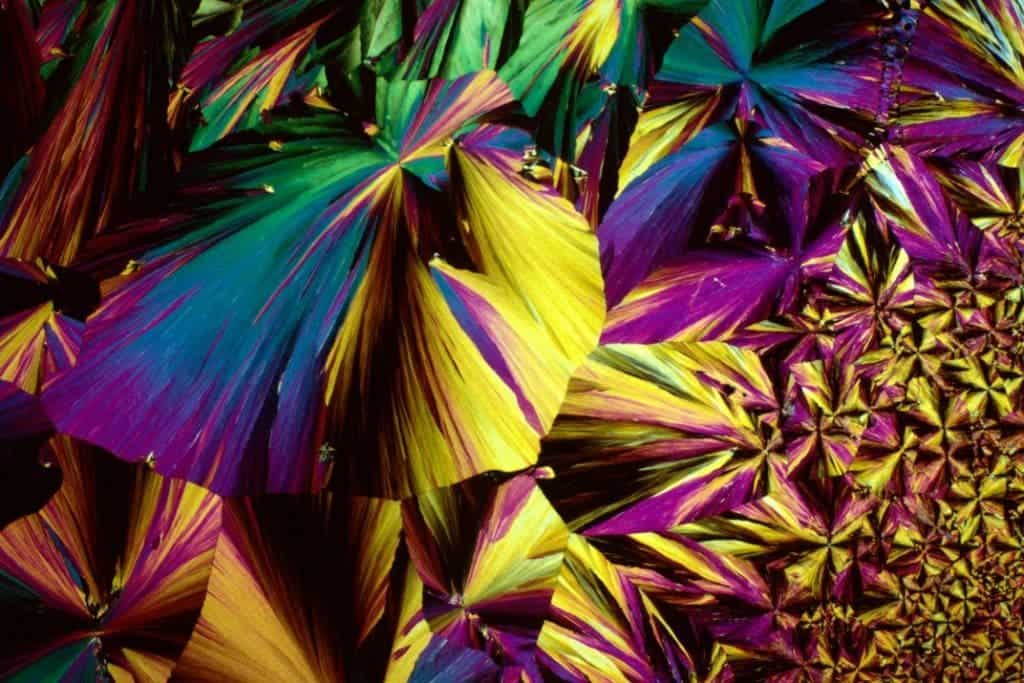
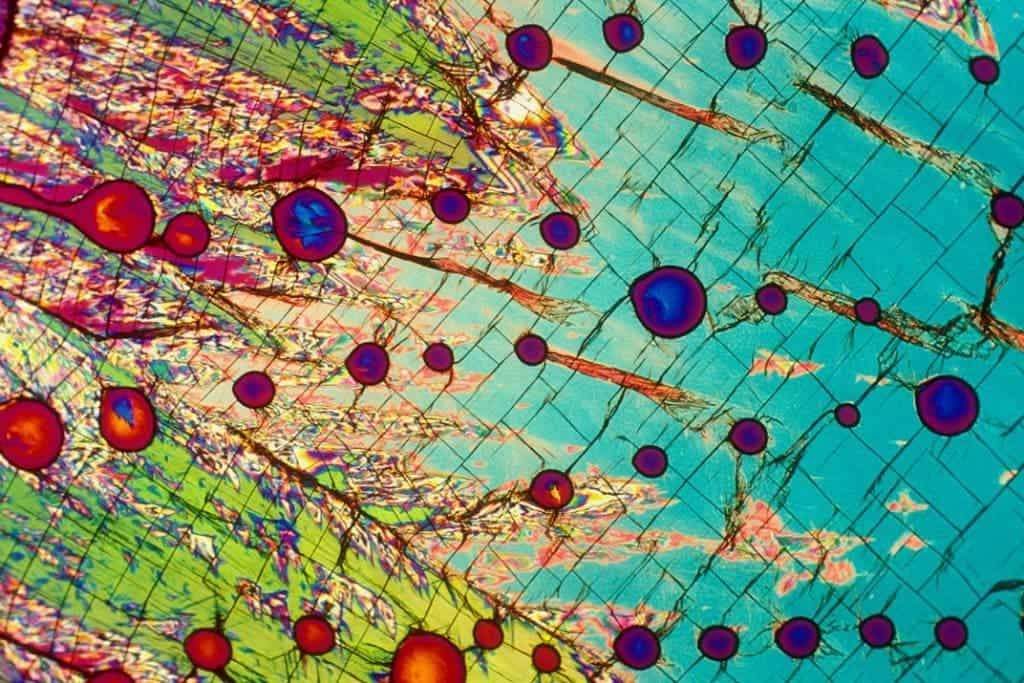
“If you look at some of the hard liquors, the crystals on those just didn’t form as well as the margarita or martini, because there wasn’t as much dissolved in it to crystallize out. If you have very pure vodka, really all it’s going to be is ethanol and vodka,” Hutt explains. “Those crystals are not as well defined.”
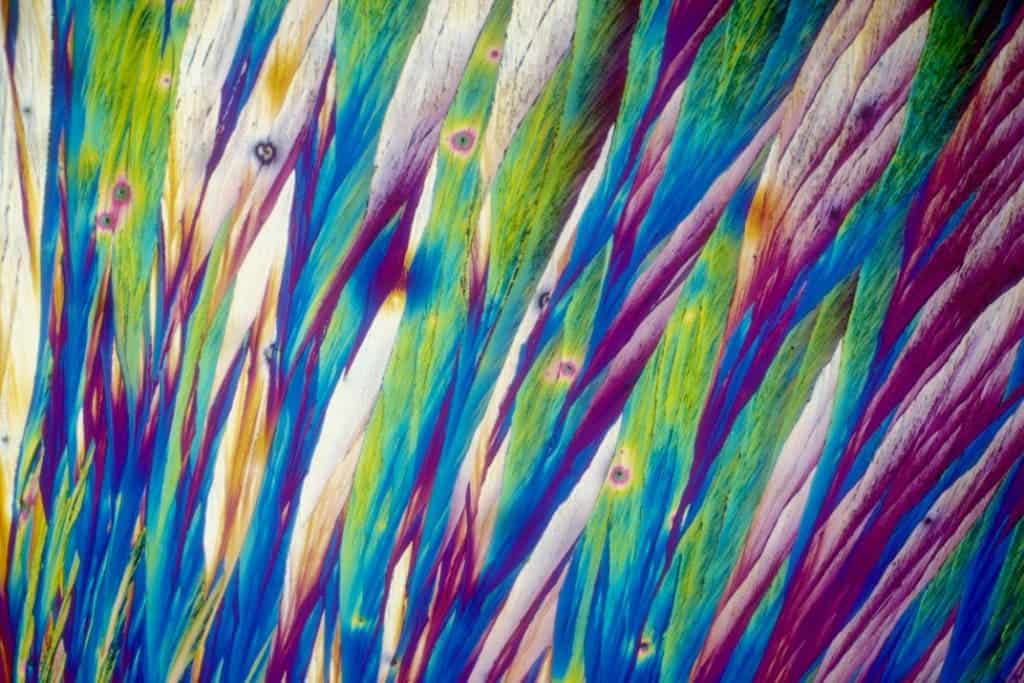

Just like snowflakes, no two drinks crystallize alike.
